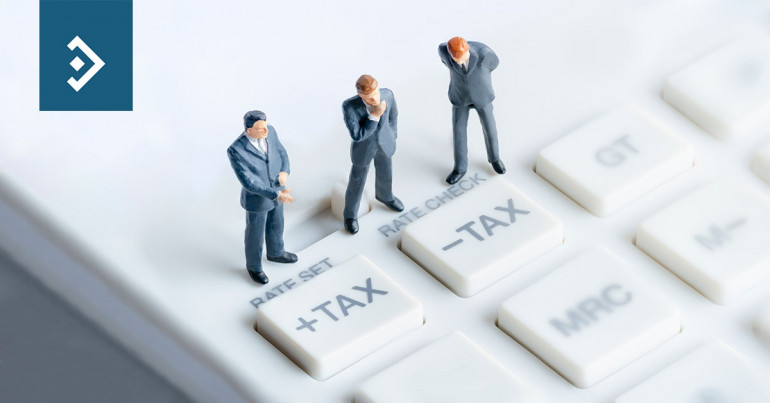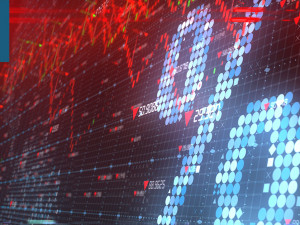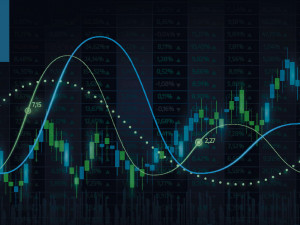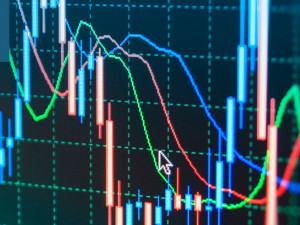
Living standards to plummet
Morning mid-market rates – The majors
24th March: Highlights
- Sunak acts, but is it enough?
- FOMC members leaning towards the next hike being 50p
- Consumer Confidence speaks of Lagarde’s delusion
Sunak acts and promises a future tax cut
Sunak said that the post-Pandemic recovery had been blown off course by the war in Ukraine, although he did hold out the carrot of a tax cut in 2024 when, he says, the economy will be in better shape.
The cut in the basic rate of income tax from 20% to 19% was dismissed by the opposition as little more than an election gimmick.
They went on to condemn Sunak for not reversing the decision to raise the rate of National insurance by 1.5% next month, although he did increase the level of pay at which National Insurance would be paid from £9,600 to £12,570.
While the standard of living for most of the population will plummet, the cost of living continues to rise. Data released yesterday showed that headline inflation rose to 6.2% in February, up from 5.5% in January. The core rate of inflation rose from 4.4% to 5.2% over the same period.
Despite continued rises in official interest rates, inflation is set to continue to rise. Driven primarily by energy costs, Sunak’s cut of 5p per litre in fuel duty will soon be swallowed up.
The Bank of England is not alone in getting its sums wrong when calculating how high inflation could go. Last October, the Bank released a statement in which it commented that inflation could reach 4.5%. Due to the continued conflict in Ukraine, inflation could easily reach double that rate.
The Office for Budget Responsibility, commenting on Sunak’s actions, painted an exceptionally downbeat picture of the economy for the rest of 2022. They predict that inflation will peak at 8.7% this year, but that is based upon no further shocks arriving.
The pound was unmoved by Sunak’s actions, looking further afield for inspiration.
It initially rose to a high of 1.3298 yesterday but fell back to close at 1.3204 as buying dried up, and short-term traders took profit on long positions.
Considering your next transfer? Log in to compare live quotes today.
Economy slowing while inflation rises
The markets are generally supportive of the FOMC’s most recent decision to raise interest rates by 0.25% earlier this month. But with a slew of Regional Fed Presidents, some of whom are currently voting members of the FOMC, calling for a fifty-basis point hike at the next meeting in early May, concerns are growing that the brake pedal may be being pressed too hard.
Cleveland Fed President Loretta Mester reiterated her belief that the Fed is going to be forced to make some fifty-basis point hikes this year to gain control over inflation.
She went on to say that front loading hikes need to be done sooner rather than later to have the maximum effect. Although Fed Chairman Jerome Powell is loath to hike rates and announce a slimming down of the Bank’s balance sheet at the same meeting, Mester doesn’t share his concerns.
The reduction of the Bank’s balance sheet will involve selling-off some of the assets that have been garnered over the period when the Band was supporting the economy. While the Fed has stopped making fresh purchases, it retains the assets it has already bought. Selling off those assets at the same time as hiking interest rates may create some distortion in the market.
Mester’s FOMC colleague, San Francisco Fed President Mary Daly, spoke yesterday of her expectation that the Fed Funds rate will eventually reach 2.5% and that this is what she expects to be the neutral rate, where the Fed is neither promoting Growth nor fighting inflation. However, she does believe that rates may need to exceed the neural rate at some point in 2023 to finally get on top of rising prices.
Daly believes that balance sheet reduction would deliver roughly one more hike worth of tightening and may be worth considering instead of front loading.
There is a certain proportion of inflation being driven by the conflict in Ukraine, and the Fed cannot be expected to react to such a global event.
Yesterday, the dollar index began to regain a degree of support. It rose to a high of 98.87 but settled back to close at 98.64
The stagflation blindfold may be slipping
Data released yesterday appears to contradict that opinion.
Eurozone consumer confidence fell from -8.8 in February to -18.7 in March. This is a flash estimate of the data that will be confirmed early next month when it could be even lower.
Consumer confidence has clearly been damaged by the conflict, and further falls are expected unless the situation improves. The data marks a two year low at which time the Pandemic was at its height.
It is hard to equate the comments of ECB officials to what is happening on the ground.
A few months ago, Central banks were concerned about rising inflation and have now begun to react. The ECB was the only expectation. Now Central banks are beginning to worry about a slowdown caused by the conflict that may lead to a recession. The ECB is again in a minority of one that doesn’t see the danger.
Several banks have argued that the ECB is again ignoring the facts of what is the most likely outcome of the Conflict in Ukraine. It will push up inflation while hitting economic activity hard.
Before the Russian invasion, Eurozone growth was predicted to be 4.2% this year and 2.9% next. Those predictions have now been reduced to 2.5% this year and 2.7% next. However, even more bearish commentators see 2.3% in both 2022 and 2023.
ECB Governing Council Member Ignacio Visco, the Governor of the Bank of Italy spoke yesterday of his view that ECB projections are already out of date. This appears to jar with the view of ECB President Christine Lagarde, who is still referring to them as being set in stone.
It seems that either the ECB or several market commentators are in for a rude awakening.
Yesterday, the euro fell to a low of 1.0964 and closed at 1.1004. For now, the euro is attracting buyers below the 1.10 level, but that could soon change as faith in the ECB reaches breaking point.

About Alan Hill
Alan has been involved in the FX market for more than 25 years and brings a wealth of experience to his content. His knowledge has been gained while trading through some of the most volatile periods of recent history. His commentary relies on an understanding of past events and how they will affect future market performance.”



